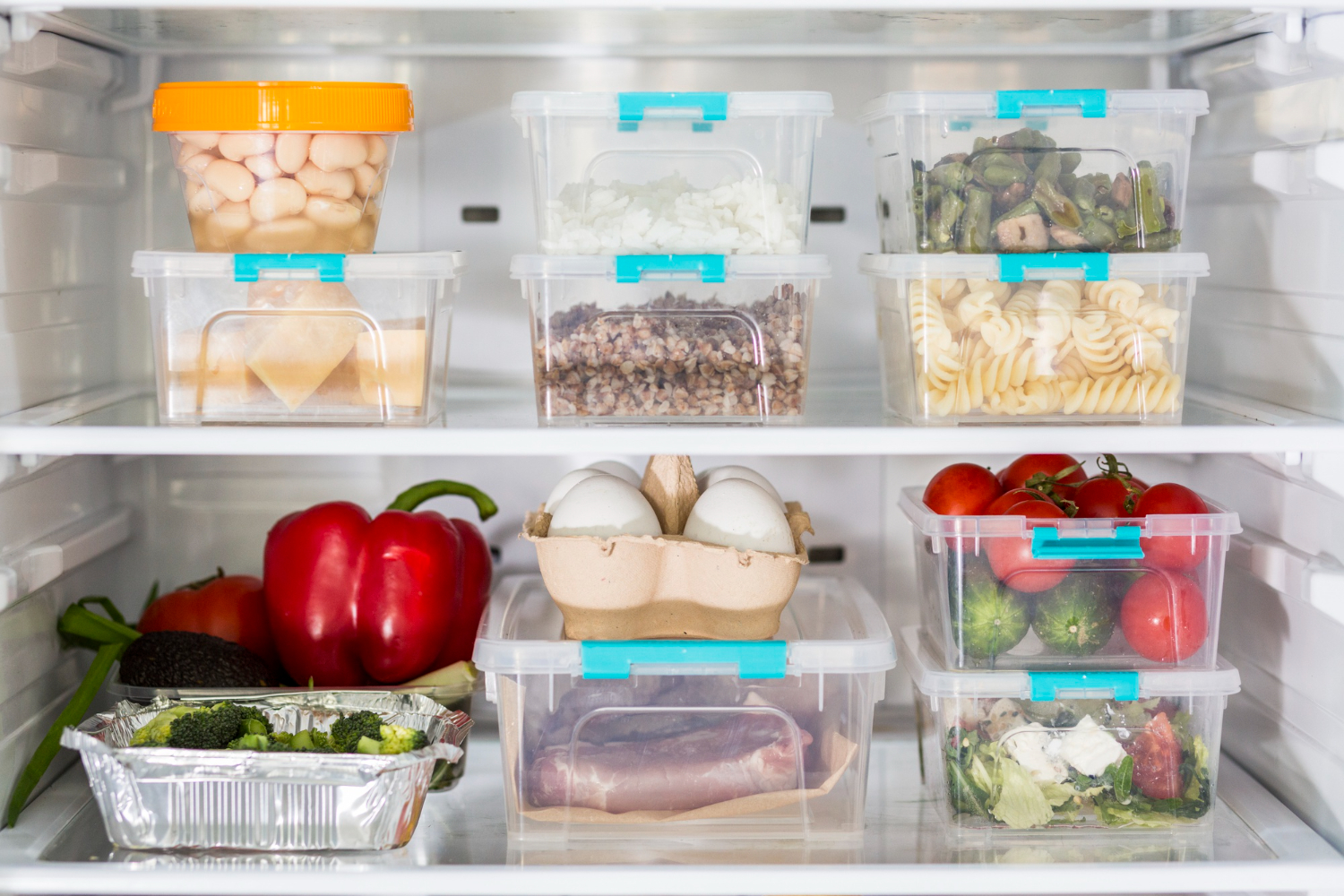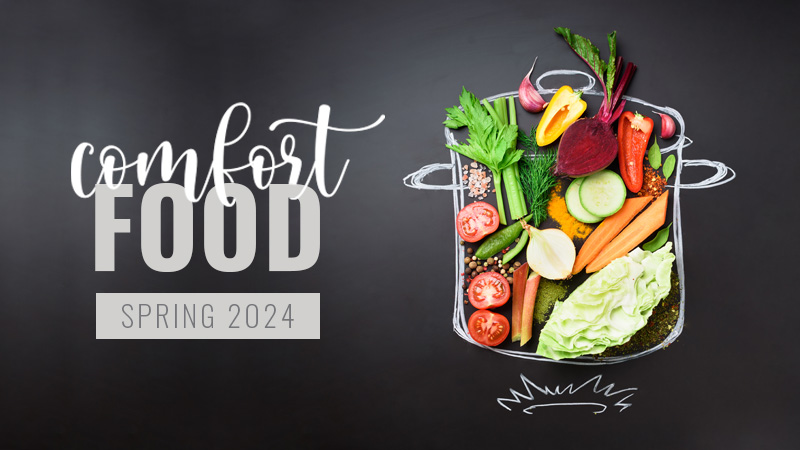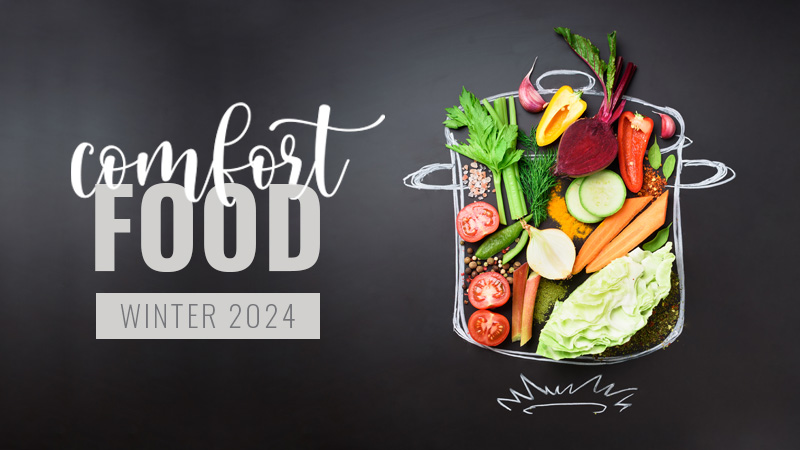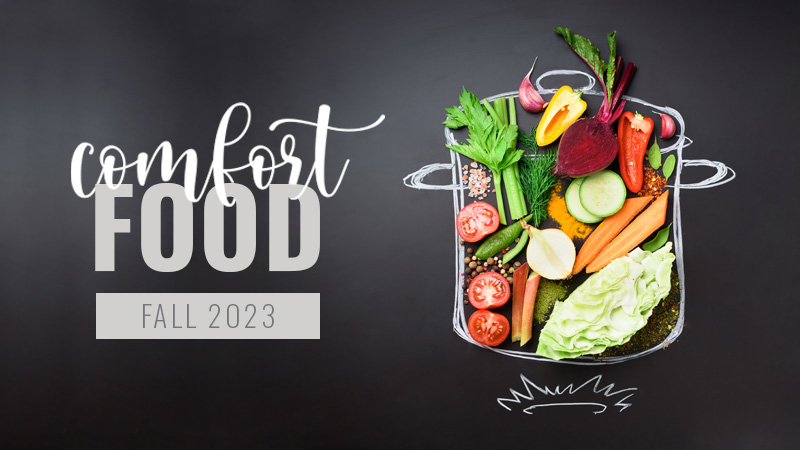Community Liaison | Blog
Food Safety and Safe Food Handling

1 in 8 Canadians get food poisoning each year. Aside from feeling ill, food poisoning, which is caused by eating or drinking something that has been contaminated (meaning that there is something in the food or beverage that shouldn’t be there), has a large social cost. From missing work due to feeling ill or needing to take care of sick kiddos, to ending up in the hospital, food poisoning impacts more than just the individual for the few hours or days that they’re sick. Food can be contaminated in different ways: chemicals, germs and bacteria, or through physical objects in the food. The Calgary Food Bank takes food safety very seriously. We monitor the temperature of our fridges, freezers, and trucks, we have handwashing stations throughout the building, and Quat sanitizers are plentiful for clean workstations. Recently, several members from our staff team attended a training course on keeping food safe, facilitated by Alberta Health Services to ensure we are update to date on best practice. Here are some of the key things we learned:
Best before dates are not an indication of food safety.
We already know this, but it is worth repeating over and over again. In Canada, best before dates are only required on foods that are expected to perish within 90 days. Best before dates are used by manufacturers to indicate when the freshness or flavour of a food will begin to diminish, not when the food is unsafe to eat. Expiry dates are used to indicate when the nutritional value of a food will begin to decrease. Generally, we will only see expiry dates on baby formula and meal replacements.
The 4 components of food safety are:
1. Hygiene: Refers to personal hygiene. Make sure you are washing your hands after situations like using the washroom or when switching from a non-food task to a food task and vice versa.
2. Temperature control: Keep foods out of the temperature danger zone.
a. Keep cold foods at 4 degrees Celsius or colder and hot foods at 60 degrees Celsius. Between 4-60 degrees Celsius is known as the temperature danger zone where unhealthy bacteria starts to grow.
b. 74 degrees Celsius is what the internal temperature of meat should read. Take temperatures at the thickest part of the meat.
c. 82 degrees Celsius is what the internal temperature of whole poultry should read.
3. Avoiding Cross Contamination: Keep high risk foods, such as raw meat and its drippings away from other food.
a. Keep raw meat on the bottom shelf on a plate or in a bowl to catch drippings
b. Thoroughly clean and sanitize kitchen spaces and utensils when moving between different food types
c. Don’t wash your raw chicken! The pressure from the water may cause contaminants to splash and cover your kitchen sink and counter, even if we don’t see them!
4. Cleaning and sanitization: Keep your counter space and cooking tools clean and sanitized, especially after using high risk foods:
a. Scrape and rinse off any physical contaminants
b. Wash with warm soapy water
c. Rinse off the soap
d. Sanitize (you can use a bleach and water mixture, or a Quat sanitizer, such as Lysol wipes)
e. Air Dry
Half of food poisoning cases come from produce.
While we can remove physical contaminants with cool running water and some friction, removing germs and bacteria can be more difficult. The key here is prevention: Proper hygiene, temperature control, avoiding cross contamination, and cleaning and sanitization.
Contamination can happen at any point throughout the food supply chain: at the farm, in transportation, in storage, or even at home. This is why it’s important for everyone, from producers and consumers to government and decision makers to advocate for and adhere to global food safe practices. As the United Nations says, “food safety is everyone’s business,” which when put into practice, can ensure people have consistent and reliable access to safe and nutritious food. Food safety is a global issue. The implications of unsafe food practices extend beyond the individual and have consequences for public health and wellbeing, both on local and global levels.
Alberta Health Services offers a range of food safety courses to promote and educate best practices for safe food handling: https://www.albertahealthservices.ca/eph/page3151.aspx



